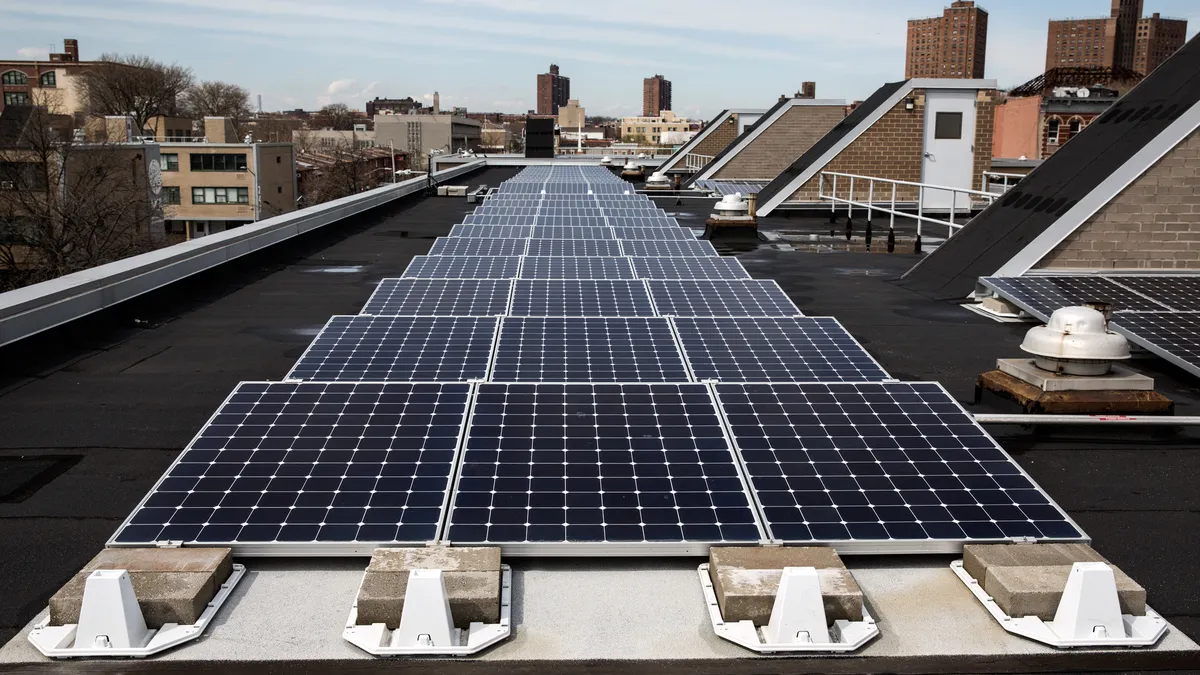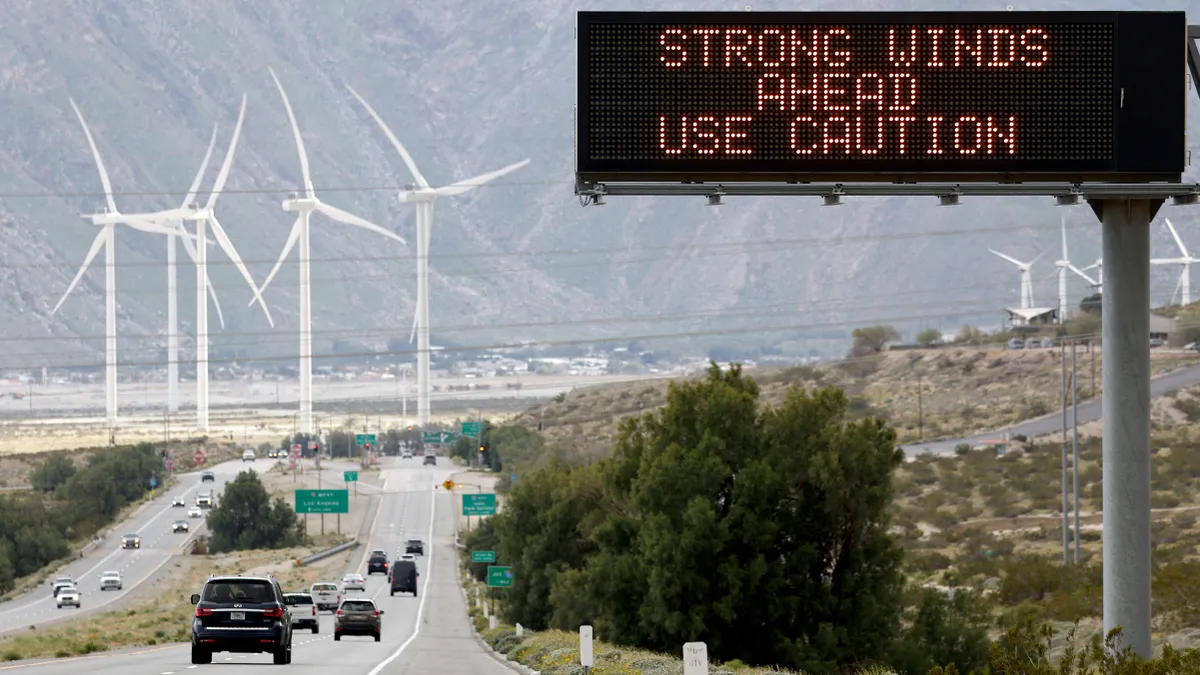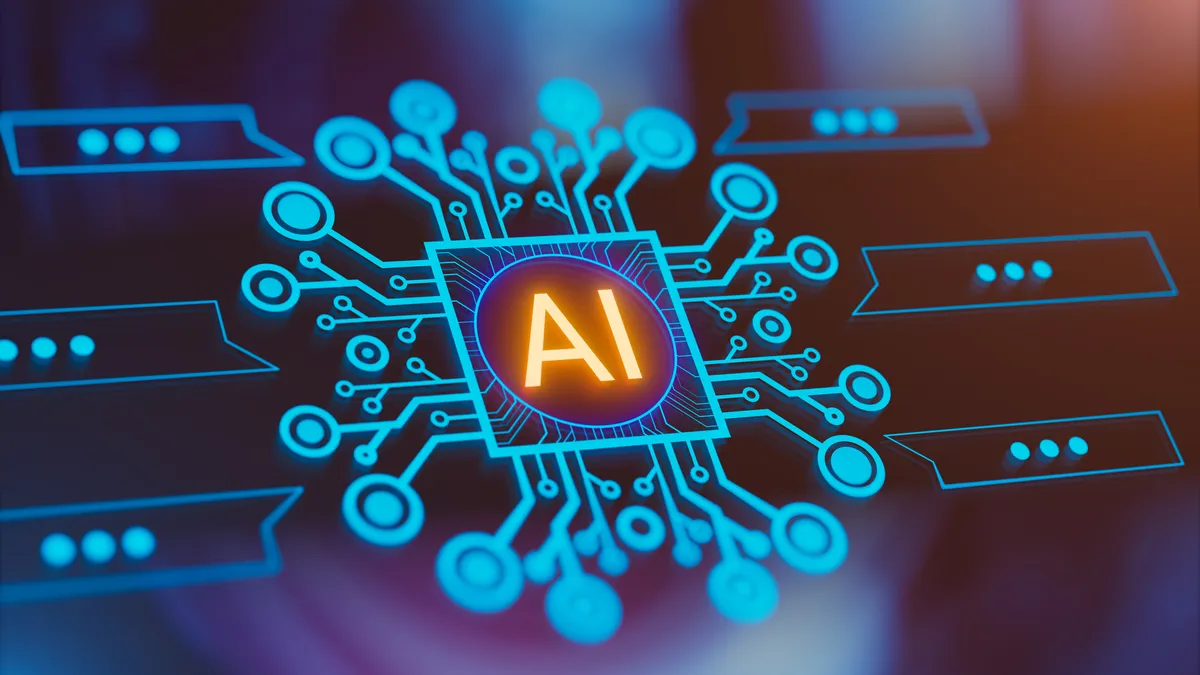The following is a contributed article by Sara Baldwin, vice president – regulatory at the Interstate Renewable Energy Council (IREC).
On Nov. 14, Minnesota became the first state to officially integrate the recently updated IEEE Standard 1547™-2018 into its statewide interconnection regulations when the Minnesota Public Service Commission adopted a new statewide technical standards document, known as the Technical Interconnection and Interoperability Requirements (TIIR). This important step will enable more streamlined adoption of smart inverters and more sophisticated DER technologies, communications and controls.
A handful of states are beginning to integrate the IEEE 1547™-2018 into statewide interconnection standards, though Minnesota marks the first state to adopt provisions into statewide regulations. The Minnesota Commission’s vote to adopt the TIIR is a meritorious milestone that marks the end of a two-phase interconnection reform proceeding that started in early 2016. The TIIR provides specific guidance on technical requirements for distributed energy resources (DERs) connecting to the grid. Notably, the TIIR addresses an array of technical settings and functionalities that DERs should have when connecting to the grid.
The new regulations are intended to reflect and align with the menu of options found in the IEEE Standard 1547™-2018 for Interconnection and Interoperability of Distributed Energy Resources with Associated Electric Power Systems Interfaces. This important national standard, adopted by the Institute of Electrical and Electronics Engineers (IEEE), includes technical and performance categories that will increase the intelligence of DERs and the distribution grid itself. In effect, the integration of IEEE Standard 1547™-2018 will mean that DERs will have the ability to automatically respond to certain grid conditions, which will ultimately enable significantly higher penetrations of DERs on the grid.
Ensuring a smooth rollout
As part of their ruling, and heeding IREC’s recommendation, the Commission determined that the Distributed Generation Working Group will need to address a number of important near-term implementation details to ensure a smooth rollout of the standards. Many of these questions relate to which of the technical standards in the TIIR will go into effect immediately. Examining the timeline for implementation is important, since there are still some outstanding steps underway to fully implement IEEE 1547™-2018, including the issuance of the forthcoming IEEE Std 1547.1™ (IEEE Standard Conformance Test Procedures for Equipment Interconnecting Distributed Energy Resources with Electric Power Systems and Associated Interfaces).
IEEE Std 1547.1™ will guide manufacturers as they test and certify their products to the IEEE Std 1547™-2018. It is expected to be published in early 2020. Following that, Underwriters Laboratories (UL) will update its product certification standard, Inverters, Converters, Controllers and Interconnection System Equipment for Use with Distributed Energy Resources, UL 1741, to which all inverter equipment must be tested and certified. UL 1741 will likely be available within a few weeks following publication of the revised IEEE Std 1547.1™. From that point, it is anticipated that it will take up to 18 months for all DER products to comply with the updated requirements and be made commercially available.
Given the above timeline, Minnesota will need to examine its new rules in the context of when certified equipment will actually be readily available on the market, and be cautious not to impose new technical requirements until such products are tested, certified and available.
Utility impacts
Following the adoption of the TIIR, the Minnesota utilities subject to the Commission’s jurisdiction are now required to file their individual Technical Standards Manuals (or TSMs), which will provide specifications as they relate to the TIIR technical requirements for DERs seeking to interconnect in their service territory. The TSMs will include other utility-specific requirements not included in the TIIR, and are a critically important part of the rollout of the TIIR framework.
Given the potential of the TSMs to have a significant impact on how projects are developed (thus potentially impacting costs and efficiency for customers), IREC voiced concerns that the TSMs would lack sufficient oversight from the Commission. According to the initial proposals, the only means for stakeholders to address any issues with the TSMs would have been through the complaint process, which is ill-suited for resolving potential disputes and prevents the opportunity to address concerns more proactively.
Fortunately, the Commission, acknowledging this concern, adopted IREC's recommendation that there be a 30-day window for parties to protest the content of the rate-regulated utilities’ TSMs before they go into effect. This process will repeat itself once a year, although the utilities can update their TSMs periodically in between. In addition, before the first TSMs are filed, the Distributed Generation Working Group will be granted the opportunity to review the drafts before they are filed.
Beyond the timeline for implementation and oversight of the TSMs, IREC flagged several additional issues that we thought were not resolved sufficiently in the TIIR and needed further attention in the next year or two. These include better use of smart inverter functionality (e.g., voltage regulation settings), as well as clarifying the interconnection process for storage systems.
In addition, the Commission committed to developing a voltage reporting or monitoring process, which is important to ensuring that customers with distributed generation are not unduly impacted by the rollout of the new settings. The Commission agreed to have the Distributed Generation Working Group address those issues in the future, but it will be up to stakeholders to ensure meaningful action on these outstanding issues is taken.
Throughout the effort, Minnesota maintained a commitment to a collaborative and educational process, which allowed diverse stakeholders — including IREC, local non-profit, Fresh Energy, the utilities, the Commission staff and other stakeholders — to participate and guide the outcome. The resulting regulatory progress is helping to pave the path for Minnesota’s clean energy economy.
With the IEEE Standard 1547™-2018 published and a couple years before full rollout (2022), now is the time for states and regulators to begin to implement the updated standard. Hawaii and Maryland have efforts underway, and others are starting the conversation. Even in states where DER penetration is low today, this will help ensure new DERs meet the most updated performance standards, while giving latitude to utilize the enhanced grid functionality as the volume of DERs increases on the grid.






















